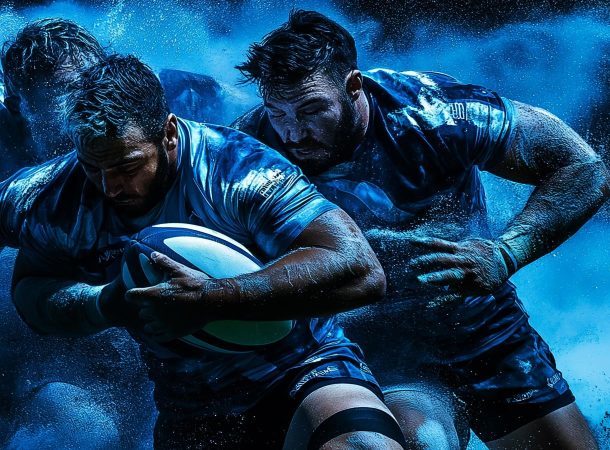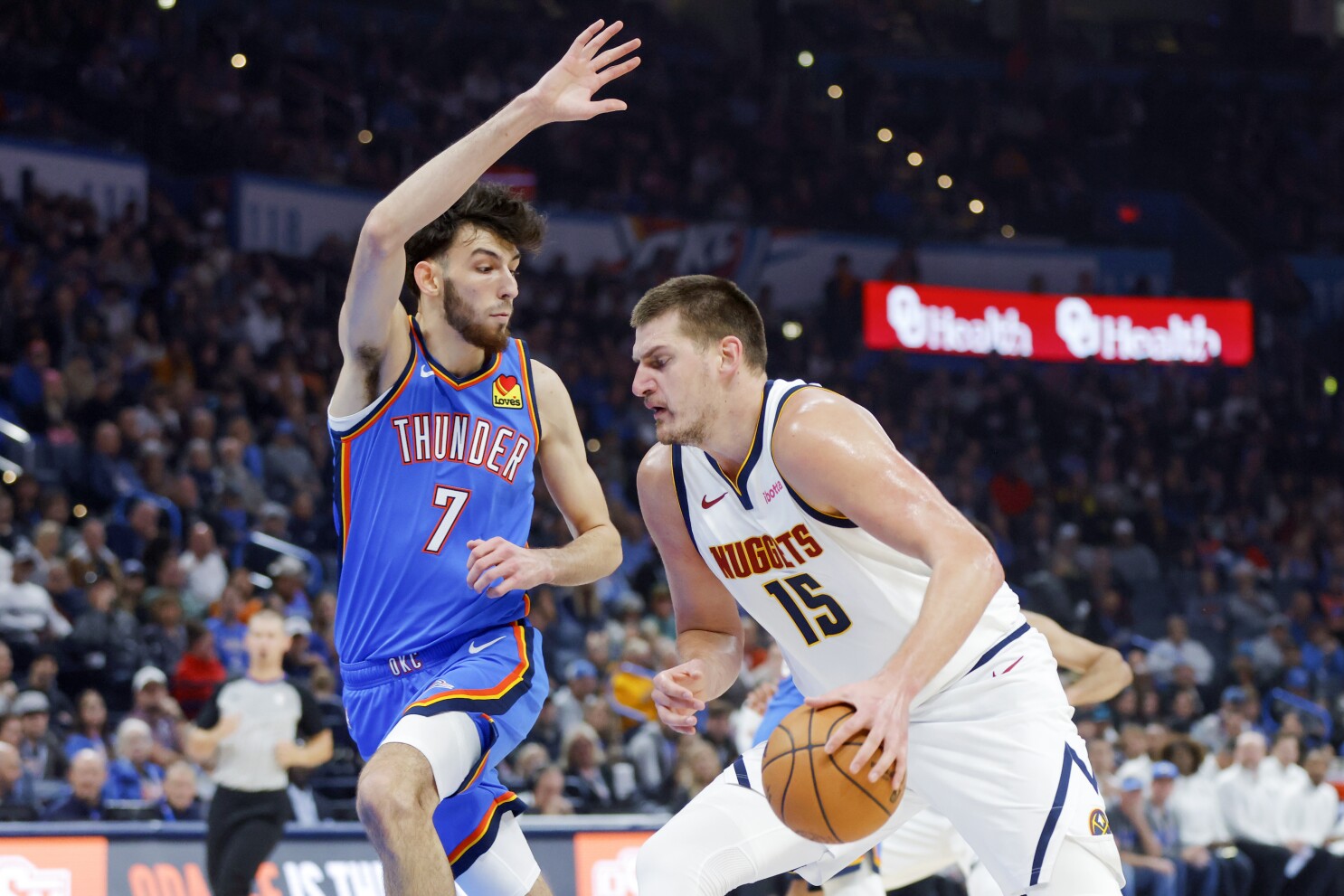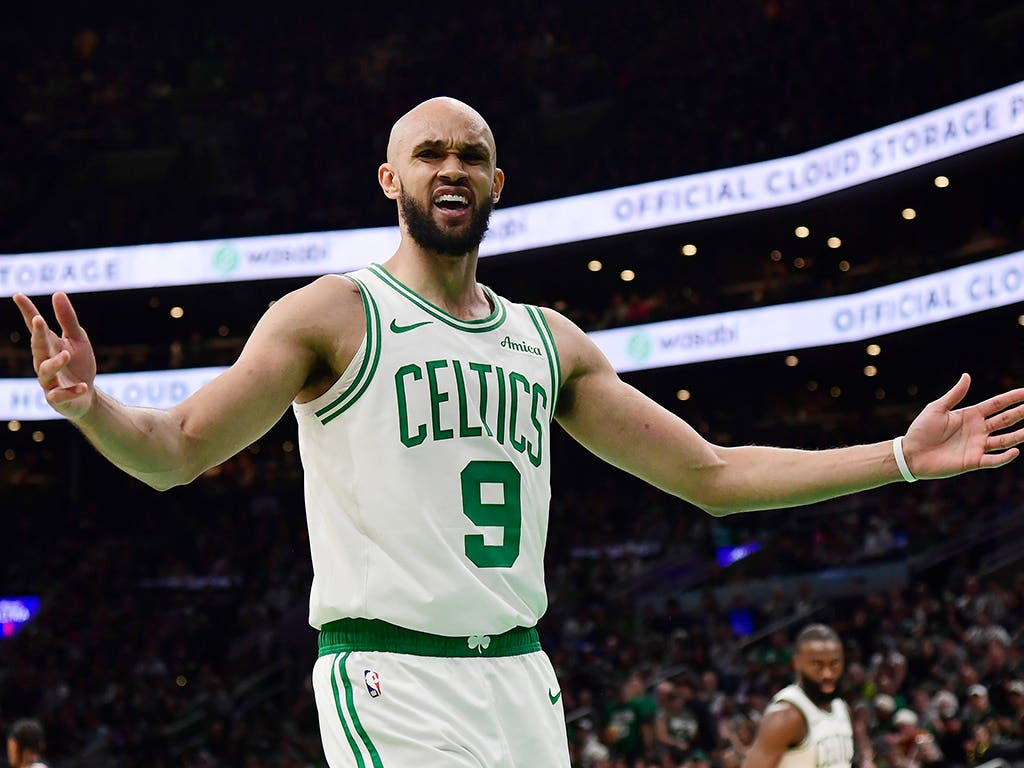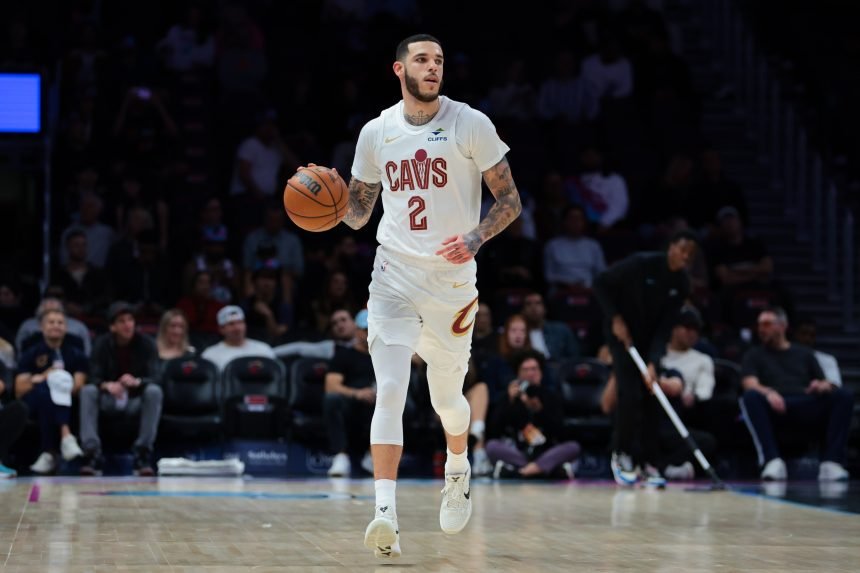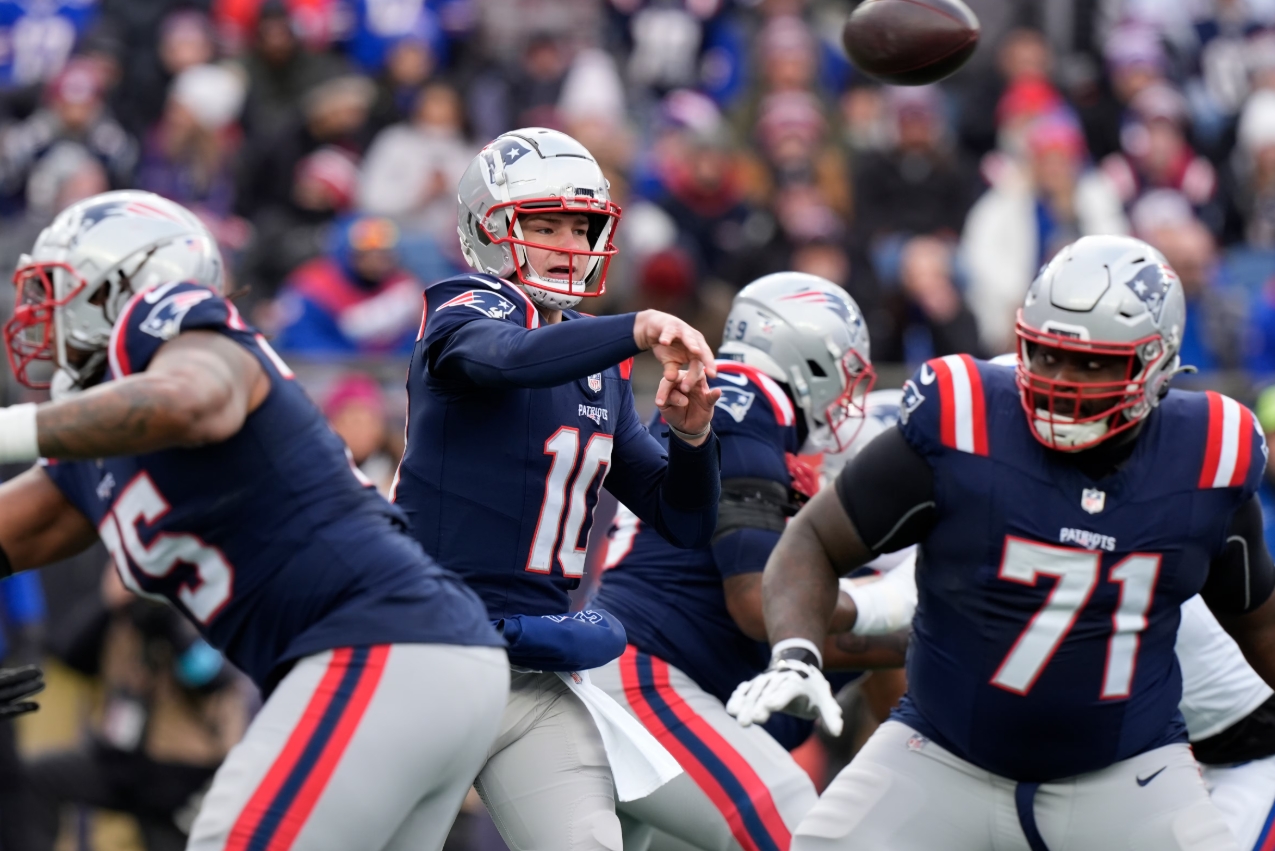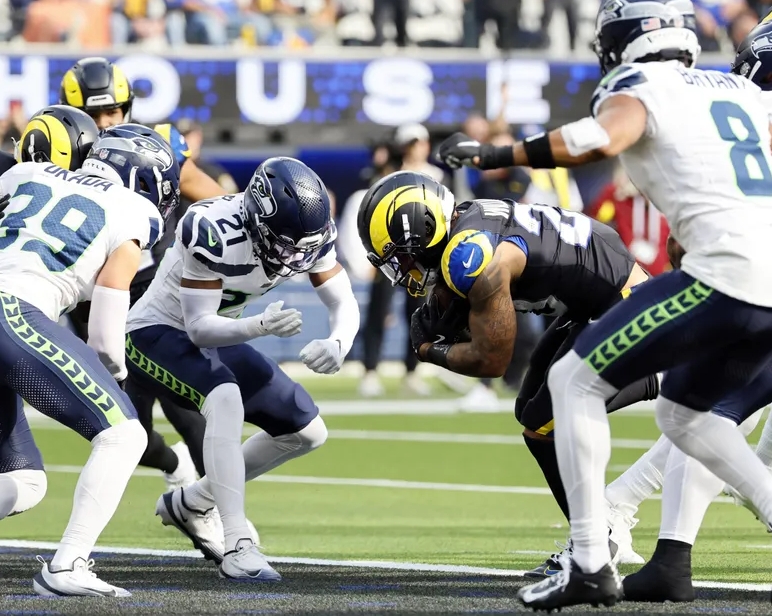Rugby Championship Review
The Rugby Championship for 2017 has come to a close, and though the All Blacks’ victory was entirely predictable, there were still a few surprises. Here’s what the Wallabies can take from the tournament.
The bolters
A number of players took the opportunity to enhance their reputations during the tournament. In the pack, young guns Izack Rodda, Lukhan Tui, Jordan Uelese and Jack Dempsey all saw their stocks improve, while Adam Coleman, Sekope Kepu and Scott Sio solidified their standings as the best options in their positions. Michael Hooper was his usually energetic self, and added some neat breakdown work to his repertoire, something critics have long called for. Sean McMahon also improved as the tournament went on, and while it is disappointing he is heading offshore, he has surely shown that he has a long future in gold if he wants it.
Out wide, it was the wingers who generated the excitement late in the tournament, with Reece Hodge and Marika Koroibete finishing the season in formidable form. Hodge’s future is probably one spot infield, but for now he has made a strong case to stay on the flank. Koroibete has been a yearlong project for Michael Cheika, and he has reaped the rewards with the winger’s last two starts. He is the strongest finisher in Australian rugby, makes excellent decisions in defence, and can rattle the cage when he hits. There is clearly still improvement, but you couldn’t have asked for a better start in Wallabies colours.
In the halves, Will Genia and Bernard Foley both had solid campaigns, despite Foley’s kicking woes at times. The return of Kurtley Beale was an instant fillip for Foley, and four best-on-ground performances (for Australia anyway) speaks to his seamless return to the team. Israel Folau grabbed a bagful of tries, and had his best tournament for a long time as well. There is still the feeling that he would be more value on the wing, with Beale moving to fullback to allow for Karmichael Hunt’s return in midfield. Cheika is such a fan of Beale in 12, though, that it is unlikely we will see mass changes to the spine he has persevered with. Tellingly, the Wallabies have already scored as many tries this year as they did in the entirety of 2016, so something must be working.
The busts
In a good sign for the Wallabies, there weren’t a huge number of busts during the tournament. Samu Kerevi was rushed back from injury and got found out defensively against a rampant Kiwi team in Sydney. He has made his way back on to the bench, but has clearly lost ground to Tevita Kuridrani. Henry Speight was given first crack at a wing spot that he never really made his own, which was again disappointing. It is a constant frustration that he has been unable to convert his Super Rugby form into Test match performances. Curtis Rona is another who was given an opportunity on the wing, but he looked a little out of his depth at this stage. Elsewhere, Ned Hannigan was given a long run in the number 6 jersey, but wasn’t able to achieve the output that Dempsey did in one match. A solid Super Rugby season to work on his physicality would be just the tonic. Rory Arnold was not necessarily a bust, but has potentially dropped a rung or two on the pecking order, which is surprising given how good he looked in June.
The biggest concern at the moment is the lack of quality depth in some key positions. While we are now well stocked in the outside backs and locks, we still struggle to find worthy alternatives for our halves, backrow and front row. Cheika has tried to build depth in the squad, and he has to a certain extent, but some players who have been given opportunities have not grabbed them. Others have not been given the chances we perhaps thought they would get in the series, including Joe Powell and to a lesser extent Lopeti Timani. Both would have been hoping for more, or even some, game time to show their wares.
Par for the round?
It is probably fair to say that the Wallabies achieved a par score for the tournament. Two losses against the Kiwis and two wins against the Argies were expected, and sharing the honours with South Africa leaves us right where we probably thought we would end up. As frustrating as those draws may have been, we would have lost them both a year ago, so you have to take improvement where you can get it. Clearly we still have an issue defending leads, but it’s probably fair to say that that is a reflection of the quality of the opposition we are playing, and that games against both New Zealand and South Africa aren’t over until the final hooter. Michael Hooper still has a tendency to take the wrong option at times, usually based on his unshakeable belief in his troops, a noble but sometimes misguided notion. What is clear is that this team is better than the team that played in June, which was better again than the team that played in 2016. We are on an upwards trajectory, as slow as it may seem, and perhaps that is all we could hope for this year.
What’s next?
Attention now turns to the Spring Tour, with games against Japan, Wales, England and Scotland. The Wallabies will be hopeful of winning all of these games, but that would be a massive achievement for this team. It will be interesting to see if Cheika continues with the selection shuffling, or if he settles on his combinations for the four games. This tour is a huge opportunity for some of those guys we have already mentioned, as Rodda, Dempsey, Tui, Koroibete and Hodge look to continue their development and nail down their spots.
This is also the final time we will see former skipper Stephen Moore turn out for the Wallabies. Despite some struggles in recent times, Moore is one of the great stalwarts of Australian Rugby, and has earnt his spot amongst the greats through longevity if nothing else. Let’s hope he can grab one more try off the back of a driving maul before he calls it a day.
Words: Cameron Stokes

